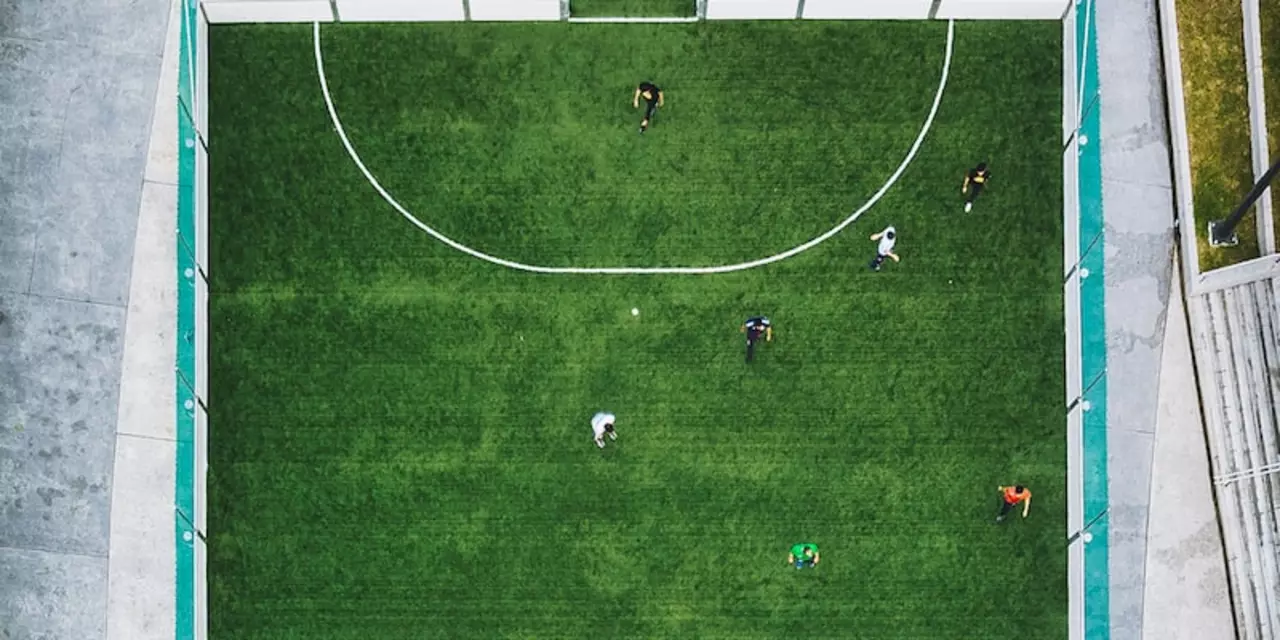Exercise for Soccer Managers: Why It Matters
When you think about exercise, you’re looking at any physical activity that improves or maintains fitness, health, and performance. Exercise covers a wide range of movements from cardio runs to resistance work. Also known as physical training, it forms the backbone of every soccer manager’s plan.
Conditioning the systematic process of preparing the body for match demands is a direct branch of exercise. Strength training focused on building muscle power and injury resistance fuels that conditioning, while overall fitness a measure of endurance, speed and agility reflects the results. In simple terms, exercise encompasses conditioning, requires proper strength training, and drives fitness levels up – a classic semantic triple that every coach should keep in mind.
Why Exercise Is the Engine Behind Football Drills
Think of a typical training session: players sprint, change direction, jump for headers, and finish with a set‑piece routine. Each of those actions is a micro‑exercise that builds specific skills. When you pair exercise with well‑designed football drills, you get a feedback loop – drills sharpen technique, while exercise ensures the body can execute them repeatedly without fatigue. This link means that a manager who neglects the conditioning side will see slower recovery, reduced sprint speed, and more injuries. Conversely, integrating regular aerobic runs, plyometric jumps, and resistance circuits boosts a player’s ability to maintain high intensity for the full 90 minutes.
From a tactical standpoint, exercise influences how you shape your formation. A team with superior aerobic capacity can press higher, transition faster, and sustain a high‑press structure. Strength training gives defenders the edge in duels, while agility work lets wingers cut inside with confidence. In short, the three pillars – conditioning, strength, and overall fitness – dictate the style of play you can realistically implement. That’s why many top clubs employ dedicated fitness coaches: they translate the science of exercise into on‑field success.
Planning exercise isn’t a one‑size‑fits‑all job. Periodisation, the practice of dividing the season into phases, helps balance load and recovery. Early‑season micro‑cycles focus on building a base of aerobic endurance; mid‑season you add sport‑specific high‑intensity intervals; and late‑season you taper to keep players fresh for crucial matches. Nutrition, sleep, and mobility work all sit alongside the core exercise regimen, creating a holistic performance package. Managers who treat exercise as a standalone item often miss these synergistic benefits, leading to burnout or plateaued progress.
Below you’ll find a curated set of articles that dive deeper into match analysis, training tips, player fitness, and the science behind conditioning. Each piece shows how exercise shapes the game, whether you’re fine‑tuning a tactical pressing system or rebuilding a player’s strength after injury. Explore the collection to see practical examples, expert insights, and actionable advice you can apply to your own soccer management routine.
